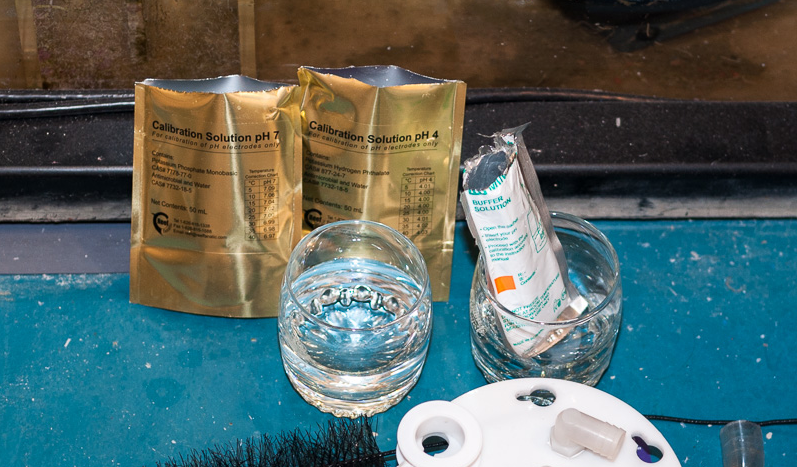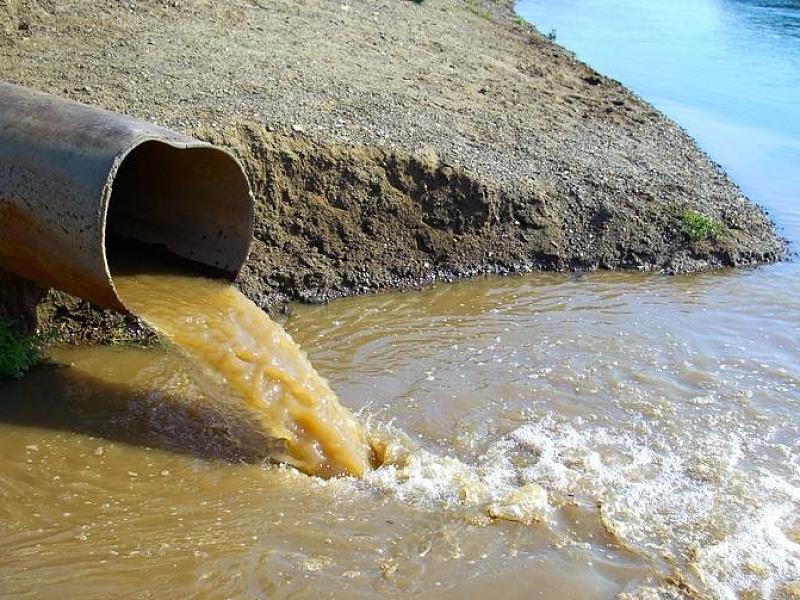
Commonly used impurity removal methods for chroma water samples
1. Coagulation treatment
When the chromaticity impurities in the water are mainly suspended and colloidal organic matter, about 75% to 90% can generally be removed after coagulation, clarification and filtration. The coagulant can be aluminum sulfate or basic aluminum chloride, and organic polymer flocculants should be used appropriately2. Chlorination treatment
When the organic content in the water is large, the removal rate of "chroma" is about 80% after chlorination treatment. During the chlorination treatment, the remaining chlorine should be greater than 0.5mg/L, and the chlorination treatment should be carried out faster at low pH values. Therefore, the chlorination should be placed before the coagulation treatment, and the remaining color after chlorination (mainly organic) It can be further removed in the coagulation treatment.3. Adsorption treatment
The adsorption treatment method is a treatment method that uses porous solid materials to adsorb the chromaticity impurities in the water on the solid surface and be removed. Commonly used adsorbents include granular activated carbon and macroporous adsorbents.Activated carbon layer filtration, generally when the water chromaticity value is low, the granular activated carbon layer is 0.6~1.5m high; when the water chromaticity value is high, the layer height is 1.5~3.0m. Macroporous adsorbent is a kind of bead-like macroporous polymer, which can absorb and analyze certain specific components in water, and can well remove "chromaticity" impurities in water.




